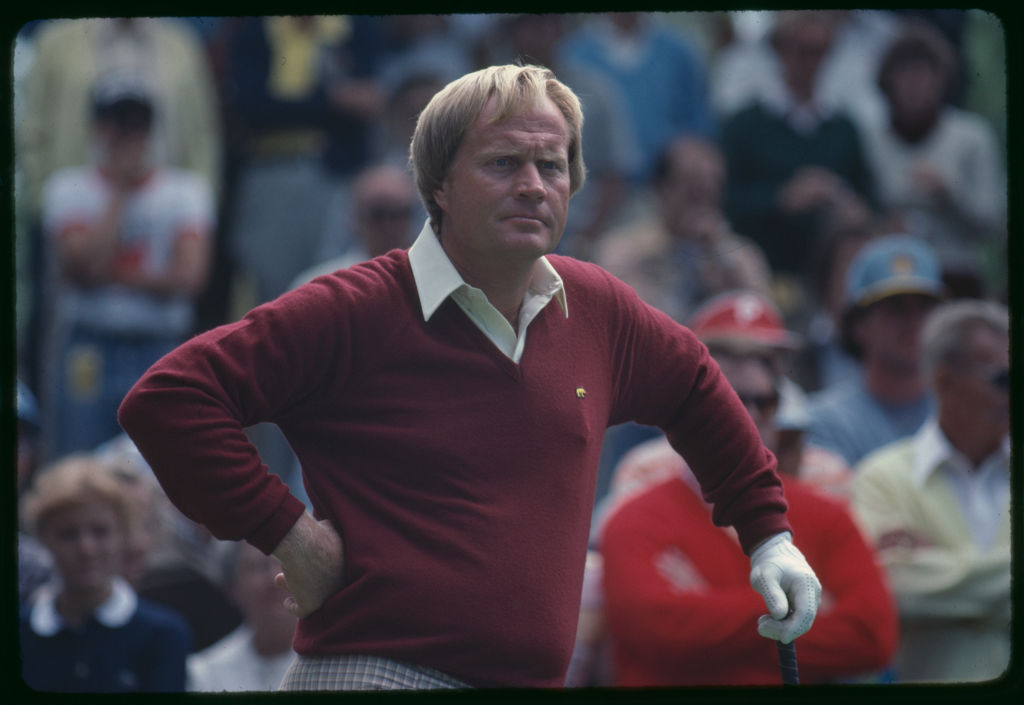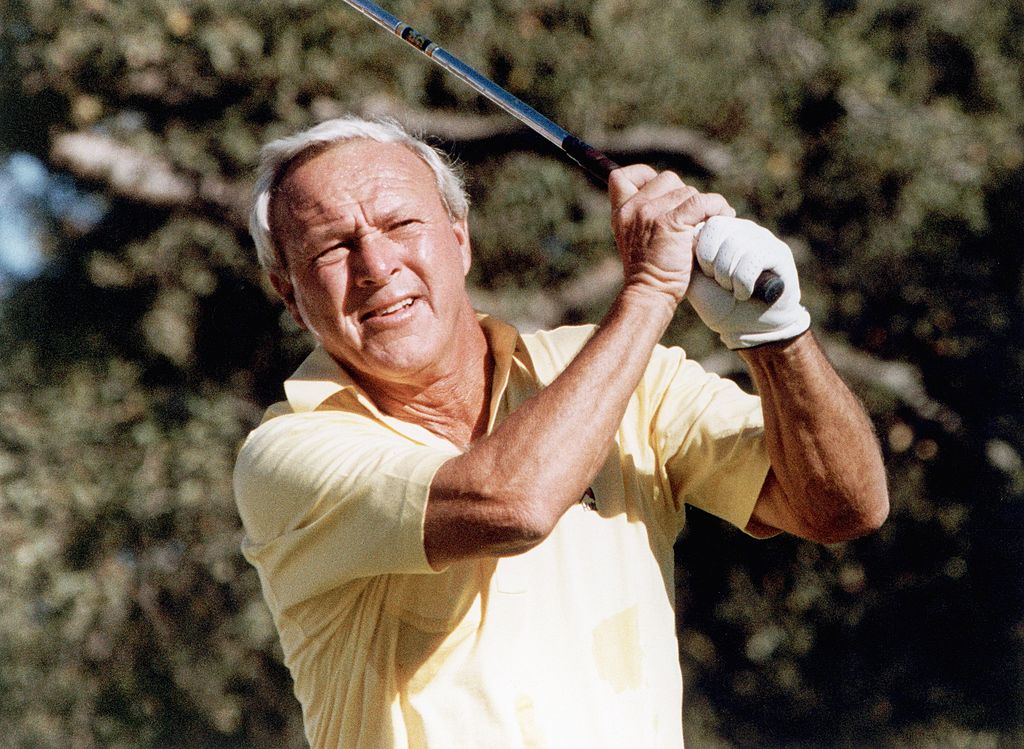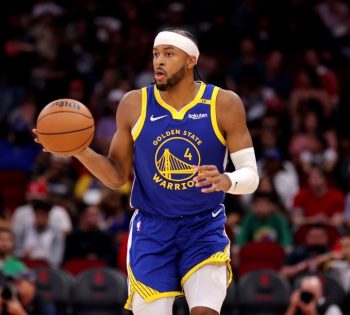Sports
Mount Rushmore of Men’s Golf: Tiger Woods, Jack Nicklaus, and …

We’ve chiseled Jack Nicklaus and Tiger Woods in stone on our Mount Rushmore of men’s golf. That decision was simple and made easier by the fact that we don’t have to decide who’s first and who’s second in that discussion.
But that gets us only halfway home. The idea behind creating the Mount Rushmore of men’s golf is to pick the best foursome in the history of the sport, and that’s where the fun begins. There are seven legitimate candidates for the final two spots.
The list begins with Tiger Woods and Jack Nicklaus
The 18 majors won by Jack Nicklaus preclude anyone other than Tiger Woods from laying claim to the title of best golfer ever, and his 19 second-place finishes in the sport’s grand slam events and 73 PGA Tour wins overall reinforce just how dominant The Golden Bear was.
The span between winning the 1962 U.S. Open and 1986 Masters speaks to the length of time he was able to play at the highest level. The injuries and personal problems Tiger Woods experienced midway through his impressive career keep him from being able to say the same.
Still, Woods has had an astonishing career with 15 majors, including the 2019 Masters. He has tied Sam Snead for the most career victories at a time when PGA Tour talent has never been deeper thanks to the influx of Europeans regularly playing stateside.
Though he didn’t win them all in the same season, Woods is the only man ever to hold all four majors titles at the same time. In addition, he won 65 times on the PGA Tour before his 33rd birthday. His $120 million in prize money speaks to new interest he created in the sport as sponsors competed to be associated with Woods.
Completing the Mount Rushmore of men’s golf

The Masters didn’t exist during the prime of his career and World War I put a large portion of the sport on hold for five seasons, but that didn’t stop Walter Hagen from becoming the sport’s first superstar of the 20th century.
Officially credited with 11 victories in majors, Hagen’s real number should probably be 16 because of his domination of the Western Open. On top of all his other accomplishments, Hagen is regarded by some as the best match-play competitor ever partly because of his four straight PGA Championship victories before the tournament switched to stroke play.
Ben Hogan won 64 times on the PGA Tour and captured his nine majors in eight years despite losing the 1949 season to a near-fatal car accident. Because of the accident and his habit of skipping the British Open, he won eight of the 11 majors he played over a span of six seasons, all but assuring a place on the Mount Rushmore of men’s golf.
Arnold Palmer makes it a tough call

It’s a given that fans will ask how Arnold Palmer could be left off the Mount Rushmore of men’s golf, and it’s a fair question. Palmer raised the sport’s profile to a new level with 29 of his 62 victories — including six of his seven majors — from 1960-63. He lost 18-hole playoffs at three U.S. Opens in five years and had the misfortune of overlapping with Jack Nicklaus and Gary Player.
Player is one of the most underappreciated performers in any individual sport and would make the cut on a strictly international Mount Rushmore of men’s golf. His nine titles in majors spanned 20 years and he won 165 pro events, including 24 on the PGA Tour.
The others who nearly made the Mount Rushmore of men’s golf
Tom Watson had the misfortune of being at his best while Nicklaus was still the biggest name in golf. The winner of five British Opens in nine years and eight majors overall, Watson won 39 times on the PGA Tour. His second-place finish in 2009 at the age of 59 is an enduring memory and his 15 straight seasons in the top 15 at The Masters is a tribute to his consistency.
With seven victories apiece in majors, Bobby Jones and Sam Snead also remained in the conversation for the Mount Rushmore of golf until the very end. Snead was recently matched by Tiger Woods at 82 PGA Tour wins but lost precious opportunities for more majors due to World War II and a general reluctance to play the British Open.
Jones deserves extra credit for co-founding The Masters in 1934, by which time he had retired. Jones won the British Amateur, British Open, U.S. Open, and U.S. Amateur in 1930 but never had a chance to play the PGA Championship and retired from the sport before the age of 30. Had he stuck around for even five more seasons his final numbers would have been impossible to discount.
Summarizing our Mount Rushmore of men’s golf
Winning all those majors didn’t guarantee Jack Nicklaus, Tiger Woods, Ben Hogan, and Walter Hagen their spots on this list. But the combination of excelling in the most prestigious events does count.
Coupled with their numerous other achievements, they unequivocally belong at the top of the mountain.











